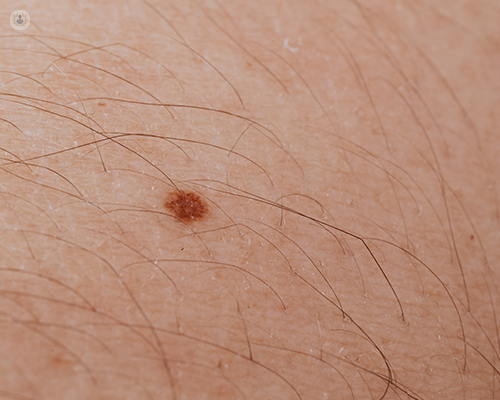Exploring photodynamic therapy: Mechanisms, applications, and benefits
Escrito por:Photodynamic therapy is a novel and minimally invasive treatment for various medical conditions that allows for the targeted destruction of harmful cells without damaging surrounding healthy tissue. This article provides an expert insight into photodynamic therapy, exploring the mechanisms behind the treatment, its applications, and its various benefits.

What is photodynamic therapy?
Photodynamic therapy is a medical treatment that utilises a combination of photosensitising drugs, oxygen, and specific wavelengths of light to selectively target and destroy abnormal or cancerous cells. The treatment is minimally invasive, highly precise, and it offers an alternative to more aggressive cancer treatments.
How does photodynamic therapy work?
A photosensitising agent, which is a drug that makes cells sensitive to light, is given to the patient. Depending on the treatment, the photosensitiser can be applied directly to the skin or injected into the bloodstream.
After a period of time (ranging from hours to days), when the photosensitiser has accumulated in the targeted area (usually the abnormal or cancerous cells), the treatment area is exposed to a specific wavelength of light. This light can come from lasers, LEDS, or other light sources.
Once the photosensitiser has been exposed to the light, it will activate and undergo a chemical change. This activated form will react with oxygen in the tissues, producing reactive oxygen species (ROS), which are highly toxic to cells.
Since the photosensitiser tends to accumulate more in diseased or cancerous cells, and the light is directed specifically at the treatment area, ROS will only cause the death of cancer cells while leaving the surrounding healthy tissue unharmed.
What conditions can be treated with photodynamic therapy?
Photodynamic therapy is versatile and can be used to treat a variety of medical conditions. Some of the most common include:
- skin cancer
- actinic keratosis
- Barrett’s oesophagus
- lung cancer
What follow-up care will I need after photodynamic therapy?
For certain types of photodynamic therapy, the photosensitiser may remain in the skin or body for several weeks, causing high sensitivity to light. Exposure to direct sunlight or strong artificial indoor lights can thus cause severe skin reactions. As a precaution, patients should stay indoors as much as possible, apply broad-spectrum sunscreen with a high SPF, and wear protecting clothing if they must go outside.
Equally, patients should watch for signs of infection (such as increasing redness, pus, or severe pain) at the treatment site and report them to their dermatologist. Some redness, swelling and itching are common post-treatment, but any abnormal or unexpected symptoms should be assessed as soon as possible.
Depending on the condition being treated, follow-up visits will also be required to monitor healing and assess the success of the treatment. In cancer cases, regular monitoring is essential to detect any recurrence or new lesions early.
Can photodynamic therapy be used alongside other treatments?
In some cases, photodynamic therapy may be used before or after surgery to shrink tumours, reducing their size and preventing cancer spread. This can then make the tumours easier to remove.
Additionally, photodynamic therapy can also target areas where surgery or traditional treatments like chemotherapy or radiation aren’t possible, providing a less invasive cancer treatment option.


